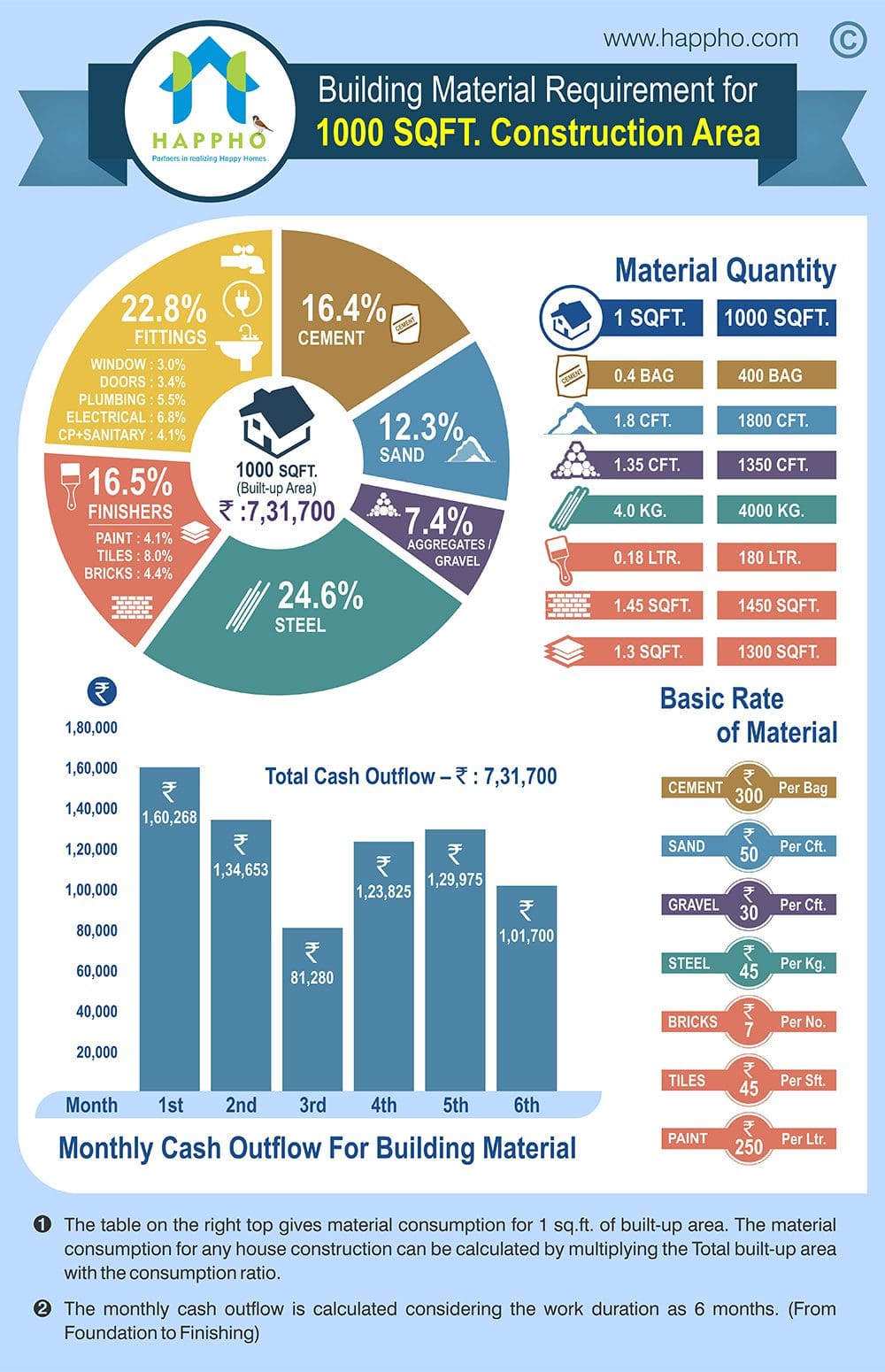Comprehending Seasonal Influences On Commercial Exterior Painting: Important Knowledge For Success
Comprehending Seasonal Influences On Commercial Exterior Painting: Important Knowledge For Success
Blog Article
Short Article Written By-McLamb Rosendal
When you're intending a commercial outside paint task, seasonal factors can make or break your outcomes. You'll intend to take into consideration how temperature and humidity influence paint application and drying out times. Picking the appropriate period can guarantee your paint sticks properly and lasts much longer. Yet which periods are truly the best for this type of work? Let's check out the key elements that can impact your project's success.
The Influence of Temperature Level on Paint Application
When you're planning an industrial outside paint task, the temperature level can dramatically influence just how well the paint adheres and dries out.
Preferably, you intend to repaint when temperatures range between 50 ° F and 85 ° F. If it's also chilly, the paint might not heal appropriately, bring about problems like peeling or splitting.
On the other hand, if it's too hot, the paint can dry out too promptly, preventing appropriate adhesion and resulting in an irregular surface.
You must additionally consider the time of day; morning or late afternoon provides cooler temperature levels, which can be more beneficial.
Constantly check the manufacturer's referrals for the details paint you're using, as they typically give support on the optimal temperature level array for optimum outcomes.
Humidity and Its Impact on Drying Times
Temperature isn't the only ecological aspect that affects your business exterior paint task; moisture plays a considerable duty as well. High humidity levels can reduce drying times drastically, affecting the total quality of your paint job.
When the air is saturated with wetness, the paint takes longer to heal, which can cause problems like poor attachment and a higher threat of mildew development. If you're painting on a specifically moist day, be planned for extensive wait times in between coats.
https://rafaelivhrb.ltfblog.com/34443204/guaranteeing-safety-vital-security-practices-to-testimonial-when-working-with-painting-professionals to check neighborhood weather and strategy accordingly. Preferably, go for moisture levels in between 40% and 70% for optimal drying out.
Keeping related website in mind guarantees your job stays on track and provides a long lasting coating.
Best Seasons for Commercial Outside Painting Projects
What's the best season for your business exterior paint jobs?
Springtime and early fall are typically your best options. Throughout these seasons, temperature levels are moderate, and moisture levels are often lower, creating excellent problems for paint application and drying.
Avoid summer season's intense heat, which can cause paint to completely dry also promptly, leading to poor adhesion and finish. In a similar way, wintertime's chilly temperatures can prevent proper drying out and curing, taking the chance of the longevity of your paint task.
Aim for days with temperature levels between 50 ° F and 85 ° F for optimum results. Keep in https://exterior-house-painters-n88721.thenerdsblog.com/41407591/how-to-spot-warning-when-working-with-a-painting-contractor to inspect the local weather report for rain, as wet problems can destroy your project.
Preparation around these factors ensures your painting project runs efficiently and lasts much longer.
Final thought
In conclusion, intending your industrial external painting tasks around seasonal factors to consider can make a considerable difference in the result. By scheduling job throughout the suitable temperature levels and humidity degrees, you'll ensure much better adhesion and drying times. Keep in mind to watch on local weather forecasts and select the correct time of year-- spring and very early fall are your best bets. Taking on front page will assist you accomplish a durable and specialist coating that lasts.
